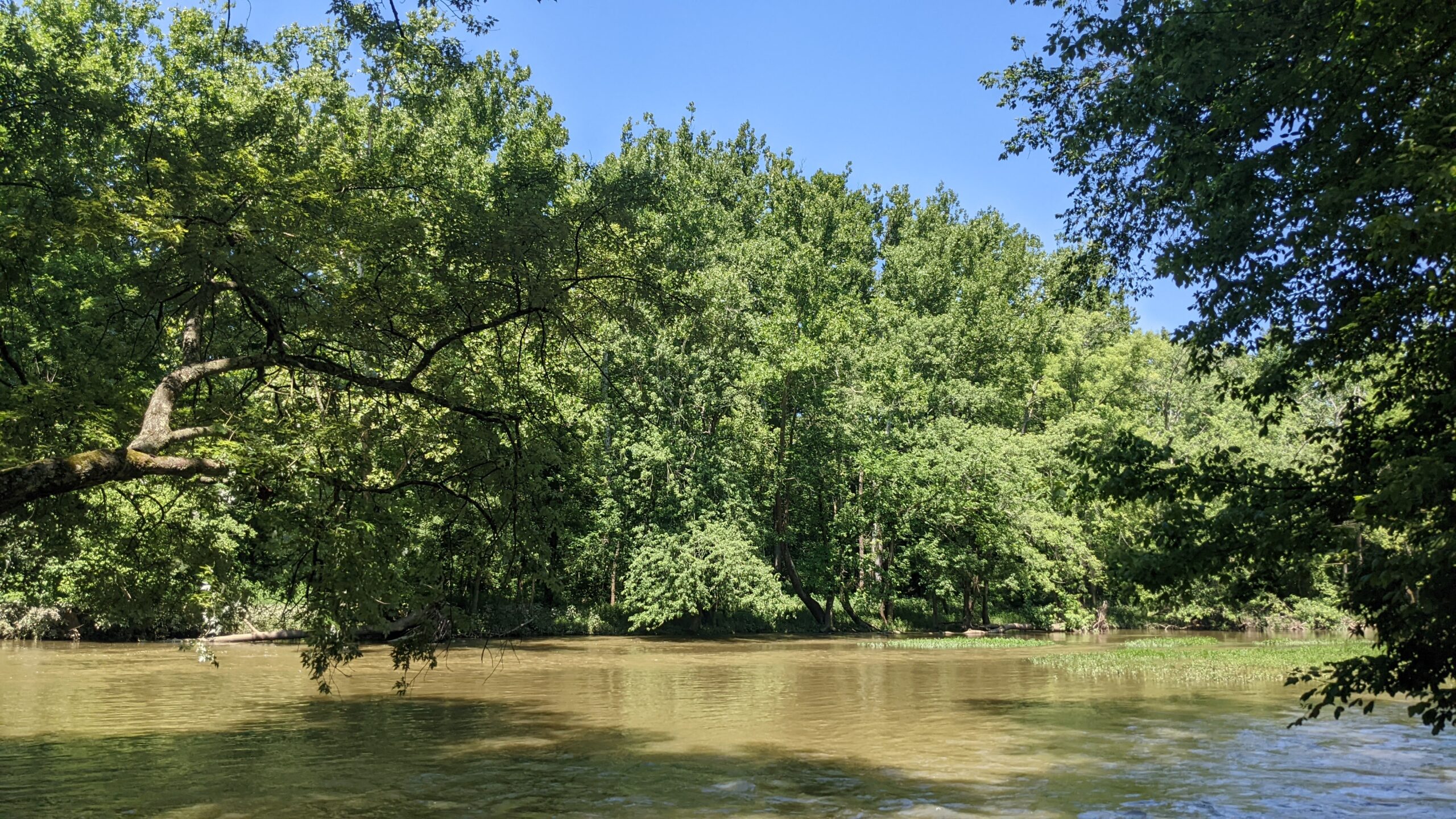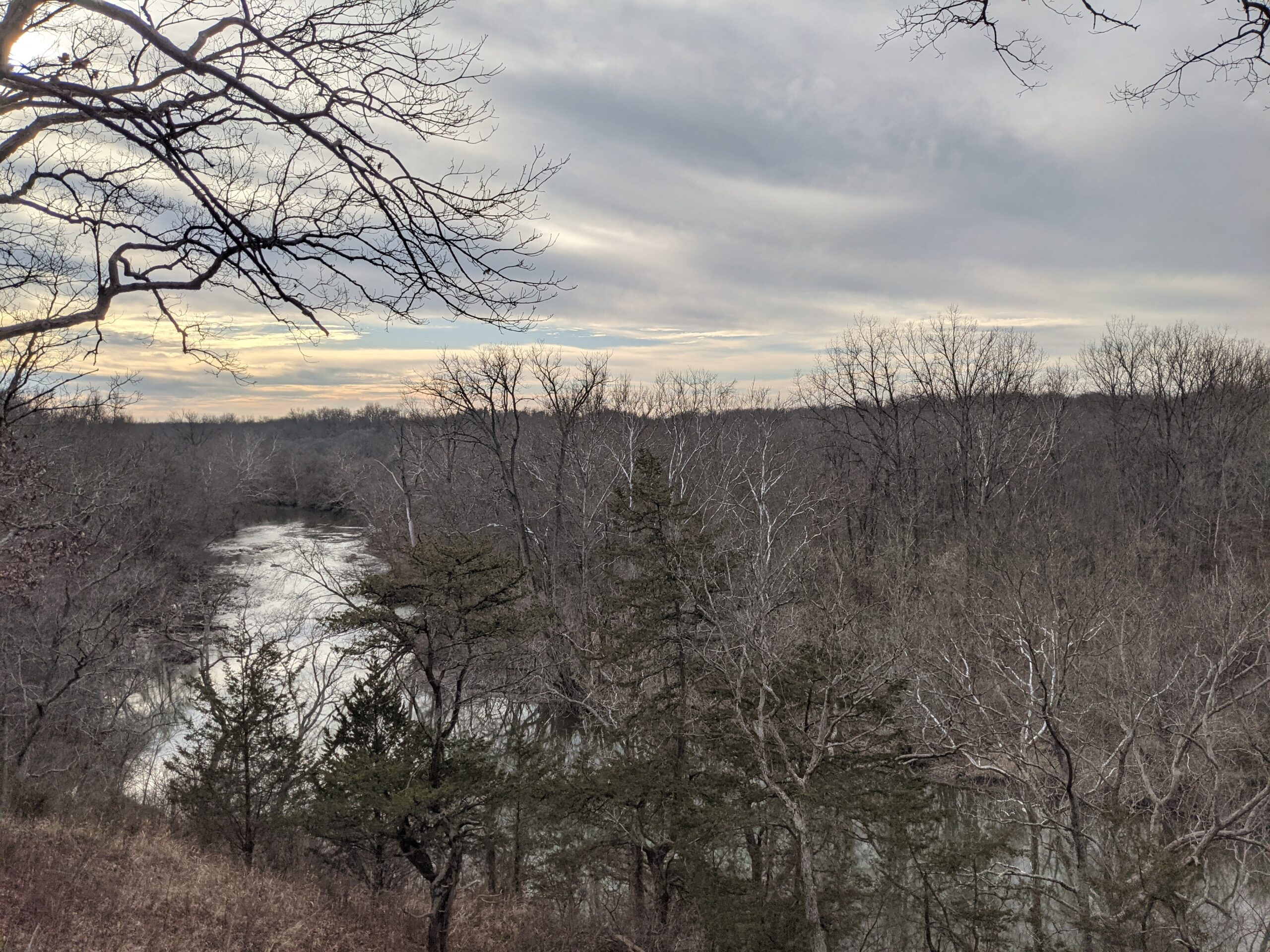Blog
Tagged In: Big Darby Creek, Clean Water, Ohio EPA
Through Big and Little Darby Creeks, Ohio could get its first Outstanding National Resource Water Designation. Here’s why.
Chris Tavenor, General Counsel, January 9, 2023
-

Summer, July 2022, Darby Creek. It deserves to be protected as an Outstanding National Resource Water. -

The biological and recreational significance of the Big Darby Creek suggests Ohio EPA should classify Big and Little Darby Creek as an Outstanding Natural Resource Water
The Big and Little Darby Creeks are some of the most important streams in not just Ohio, but in the entire Midwest and the nation. The Darby Watershed is an outstanding natural resource home to a nationally significant assemblage of rare and imperiled aquatic biodiversity. Both the Big and Little Darby Creeks are federally listed as National Scenic Rivers. But their health is declining. And anticipated urban development threatens their futures.
Without stronger protections, we will lose the Big and Little Darby Creeks’ outstanding ecological integrity. That’s why we’re taking action.
Alongside partner organizations, the Ohio Environmental Council is calling upon the Ohio EPA to designate Big and Little Darby Creeks as Outstanding National Resource Waters. No body of water in Ohio has this critical designation, and if the Ohio EPA agrees, they’d be the first two water bodies in Ohio designated as Outstanding National Resource Waters.
But what does it mean to designate a stream as an Outstanding National Resource Water?
What is an Outstanding National Resource Water?
The Clean Water Act (CWA), with the goal of restoring and maintaining our nation’s waters, made State environmental protection agencies the primary institutions responsible for developing and enforcing rules to meet this goal. Part of this framework requires States to develop antidegradation policies. The CWA identifies multiple protective categories for water bodies that states must utilize to ensure water quality does not degrade.
One of these categories, the Outstanding National Resource Water (ONRW) category, is specifically designed to protect waters where ordinary protections are not sufficient. More specifically, the purpose of the ONRW category is to limit degradation in nationally significant water bodies to ensure that water quality in these streams quickly returns to previous levels.
The U.S. Environmental Protection Agency defines an Outstanding National Resource Water as high quality waters, such as waters in a national park, state park, or wildlife refuge, or waters with “exceptional recreational or ecological significance.” In Ohio, the Ohio EPA administers programs under the Clean Water Act and designates rivers and streams in accordance with the Ohio Administrative Code. The Ohio Administrative Code defines Outstanding National Resource Water as “surface waters that have a national ecological or recreational significance.”
Importantly, no waterbody in Ohio has received the Outstanding National Resource Water designation.
How will the Outstanding National Resource Water designation benefit the Big and Little Darby Creeks?
Once a water body is designated as an Outstanding National Resource Water, it is protected from sources of discharge that may harm the “chemical and biological quality” of the water. In general, once a water body is designated as an Outstanding National Resource Water, ambient water quality cannot be “degraded for any substance.”
This protection creates two important restrictions on sources of discharge. First, new sources of discharge may not flow directly into or upstream of the Outstanding National Resource Water unless the permit applicant can prove the discharge will not adversely affect the “chemical and biological quality” of the Outstanding National Resource Water. Second, permits cannot be re-issued unless a “source had a national pollutant discharge elimination system permit at the time the water body was categorized” as an Outstanding National Resource Water.
The Case for Why Big and Little Darby Creeks should be designated Outstanding National Resource Waters
The Ohio Environmental Council, along with our partners, is hard at work compiling all of the evidence showing why these two Creeks deserve the Outstanding National Resource Water designation. In summary, the Creeks should receive the designation because they are waters of “exceptional recreational or ecological significance.”
The Big Darby and Little Darby Creek watershed is nationally celebrated for its natural, scenic, and recreational resources. The National Park Service has designated Big Darby Creek as a National Scenic River, and Ohio has already recognized Big Darby Creek as a State Scenic River, Exceptional Warmwater Habitat, and Outstanding State Resource Water.
The two creeks provide critical habitat for multiple federally threatened and endangered species. This fact alone qualifies Big Darby Creek to be classified as an Outstanding National Resource Water, according to O.A.C. 3475-1-05(A)(10)(d), satisfying the definition of “national ecological significance.” In particular, Big and Little Darby Creeks provide critical habitat to at least four endangered mussels (northern riffleshell, clubshell, snuffbox, and rayed bean), two federally-listed mammals that rely on its riparian corridors for reproductive colonies (Indiana bat, endangered; Northern long-eared bat, threatened), and one threatened mussel (rabbitsfoot). Unfortunately, some of the federally listed species, including the mussels, have declined within the Big Darby Creek Watershed in recent decades.
According to the late G. Thomas Watters, one of the foremost malacologists in Ohio, “For its size, no other North American system has more reported [mussel] species.”
Of the eleven species of mussels listed as federally endangered or threatened in Ohio, five have been recorded in the Big and Little Darby Creeks. Two of these, northern riffleshell and clubshell, were considered as widely distributed and sometimes abundant in these streams’ mainstems in the recent past.
Big and Little Darby Creek data from the most recent Ohio EPA survey have the highest CIBI scores (> 90) and high values for each of the IBI and CIBI measures. IBI Fish Community Scores are a “multi-metric” classification system that ranks water habitats. A September 2022 update of this data set indicated the “endangered and threatened unionid mussel species” populations and “high quality fish assemblage data” distinguish Big and Little Darby Creeks “from other high quality streams in Ohio.”
These facts, and more, provide the basis for why Big and Little Darby Creeks should be classified as Outstanding National Resource Waters. Thousands have responded to this call by submitting public comments to Ohio EPA. In the last week OEC and partners have submitted a technical comment elaborating further on this call to action.
Read OEC and Partner’s technical comment to Ohio EPA

₁ 40 C.F.R. 131.12(a)(3)
₂ 40 C.F.R. 131.12(a)(3)
₃ Id.
₄ Id.
₅ Id.
₆ Watters, G.T. 1994. Unionidae of the Big Darby Creek system in central Ohio, USA. Malacological Review 27: 99-107.
₇ Evidence Towards an Outstanding National Resource Water Antidegradation Tier for Big and Little Darby Creeks in Ohio: Avoiding Ecological Mediocrity in Ohio’s Best Streams and Rivers, Midwest Biodiversity Fact Sheet, September 21, 2022 at 1.
₈ Id.
